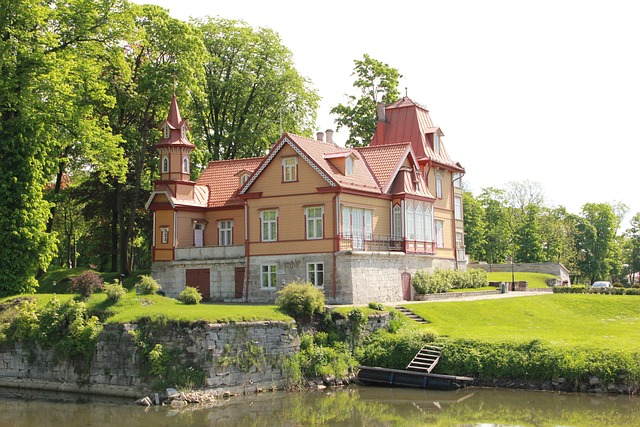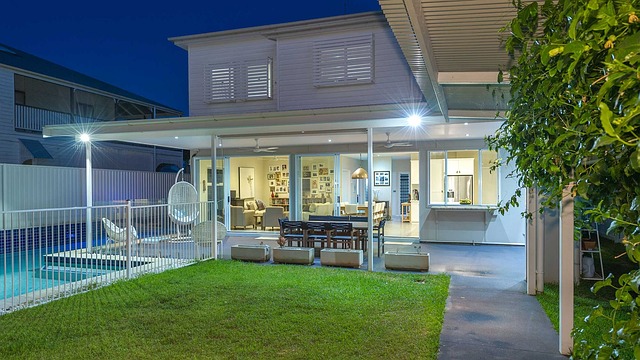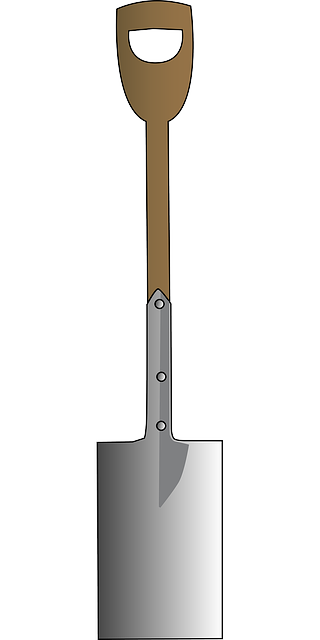Elevate Your Outdoor Space: Modern Drought-Tolerant Landscaping for Low-Maintenance Luxury
Adopting modern landscape design with sustainable landscaping ideas, including drought-tolerant plan…….
Modern Landscape Design Trends: A New Era of Green Spaces
Introduction
In an age where urbanization is on the rise and environmental consciousness is paramount, modern landscape design trends are shaping the way we interact with our surroundings. These trends reflect a harmonious blend of aesthetics, sustainability, and functionality, aiming to create spaces that are not only beautiful but also beneficial for both humans and ecosystems. This article will delve into the nuances of these trends, their global impact, and how they are being integrated into various landscapes around the world. We will explore economic considerations, technological advancements, policy frameworks, and more, to provide a comprehensive understanding of the landscape design’s current trajectory and future prospects.
Understanding Modern Landscape Design Trends
Modern landscape design is an interdisciplinary practice that encompasses horticulture, architecture, environmental science, and urban planning. It is about creating outdoor spaces that are sustainable, accessible, and appealing to a diverse range of users. These designs often incorporate native plants, water-wise irrigation systems, and permeable paving to reduce the environmental footprint. The core components of modern landscape design trends include:
The historical context of modern landscape design is rooted in the movements of romanticism, naturalism, and modernism, each influencing the way we view and interact with nature. Today, these trends continue to evolve, driven by a need for resilient, adaptive, and regenerative landscapes.
Global Impact and Trends
The impact of modern landscape design trends is felt worldwide, as designers and planners navigate diverse climates, cultural contexts, and ecological concerns. Key trends shaping this field include:
Different regions are affected by these trends in unique ways, with local adaptations and innovations contributing to the global landscape design dialogue.
Economic Considerations
The economic aspects of modern landscape design are multifaceted, involving market dynamics, investment patterns, and their roles within broader economic systems. The value of well-designed landscapes extends beyond aesthetics, offering ecological services such as pollution filtration, stormwater management, and recreational spaces that boost community health and productivity.
Investment in landscape design is not only a public sector responsibility but also attracts private investment through eco-tourism, real estate development, and green infrastructure projects. The economic benefits of these investments are realized through job creation, property value increases, and the long-term savings associated with reduced utility costs and decreased environmental cleanup expenses.
Technological Advancements
Technology plays a pivotal role in modern landscape design, influencing everything from the initial planning stages to the ongoing maintenance of these spaces. Advancements such as:
These technologies enhance the efficiency, sustainability, and adaptability of modern landscapes.
Policy and Regulation
The policies and regulations governing modern landscape design are critical in shaping its development and ensuring environmental stewardship. Key aspects include:
These policies and regulations are essential in creating a framework that supports innovation while maintaining ecological integrity and public safety.
Challenges and Criticisms
Modern landscape design trends face several challenges and criticisms, including:
Addressing these challenges requires a multidisciplinary approach, collaboration among stakeholders, and ongoing research and development.
Case Studies
To illustrate the application of modern landscape design trends, let’s examine a few case studies:
These examples highlight the innovative ways in which modern landscape design trends are being applied around the world.
Future Prospects
The future of modern landscape design is poised to be even more integrated with technology and focused on sustainability and resilience. Trends such as regenerative design, biophilic urbanism, and adaptive reuse projects are likely to gain prominence. Additionally, the integration of artificial intelligence (AI) and machine learning into landscape management could revolutionize how we maintain and interact with these spaces.
In conclusion, modern landscape design trends are shaping our relationship with the environment in profound ways. By embracing sustainability, technology, and community engagement, these trends offer a path toward more resilient, healthy, and equitable outdoor spaces for current and future generations. As we continue to navigate environmental, economic, and social challenges, the adaptability and innovation within landscape design will be crucial in creating a sustainable future.

Adopting modern landscape design with sustainable landscaping ideas, including drought-tolerant plan…….

Modern landscaping designs, particularly vertical gardens and green walls, are revitalizing urban sp…….

Modern landscape design and contemporary landscaping ideas are revolutionizing outdoor spaces with s…….

Modern landscape design is revolutionizing outdoor spaces with contemporary landscaping ideas that s…….

Modern landscape design trends, characterized by clean lines and minimalist aesthetics, enhance curb…….

This professional landscape design team excels at creating modern, luxurious, and sustainable outdoo…….

Integrating water features into modern landscape design creates serene, luxurious, and sustainable o…….

Modern landscape design is revolutionizing outdoor spaces with sleek, minimalist aesthetics, offerin…….

Incorporating drought-tolerant plants into modern landscape design creates low-maintenance yet capti…….